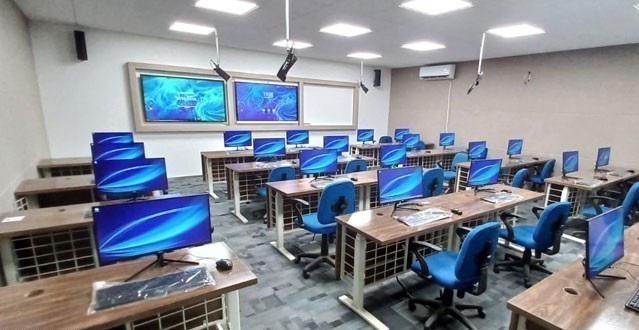Punjab Backs Extended School Hours with Afternoon Program

In a sweeping move set to reshape Pakistan’s education landscape in 2025, the Punjab government has rolled out major changes to its school structure. Among them: a comprehensive rebranding of the existing Afternoon School Program, significant budget boosts, and a large-scale school privatization and teacher redistribution plan.
What was once the “Insaf Afternoon School Programme” is now simply the “Afternoon Schools Programme,” with all political branding removed. But more than the name has changed. Over 200 schools across the province — especially in Rawalpindi and surrounding districts — have been upgraded to provide dual-shift education: morning sessions for middle schoolers, and afternoons dedicated to high school classes.
A fresh budget of Rs 475.936 million has been allocated, allowing not only infrastructural upgrades but also the hiring and incentivization of teachers for second-shift duties. Educators who volunteer for these afternoon slots will receive extra honorarium packages, part of a broader strategy to expand access without compromising quality.
This development builds on a rural-focused model first launched in 2020, and now includes nearly 2,000 functional afternoon schools across Punjab. Each district has identified 2 to 7 rural institutions where high school access was previously limited or non-existent.
To ensure educational standards remain high, the Education Ministry has created dedicated monitoring bodies in 43 districts. These teams are tasked with unannounced visits and performance reviews. Leading education officials involved in oversight include Fahmida Abbasi, Nasir Saleem Satti, Muhammad Kashif, and others from key districts.
Simultaneously, the province is executing a dual-track reform: the privatization of 5,500 government schools in Punjab, and a teacher rationalization policy to resolve uneven distribution. Starting in April and wrapping up before June, educators identified as surplus will be placed in a centralized pool for redeployment.
Here’s a breakdown of the new teacher staffing rules:
Every primary institution will include at least one Head Teacher and an ECE instructor.
For every 70 students: 1 Primary School Teacher PST
For 105 students: 1 PST + 1 Senior PST/Headmaster
For 140–175 students: 2 PSTs + up to 2 Senior PSTs
For every 35 additional students, a new PST will be added; for every 70, another Senior PST.
Though the government claims these reforms will improve teaching efficiency and education equity, many senior teachers worry about involuntary transfers or loss of seniority.
Still, with summer vacation fast approaching, Punjab’s leadership appears firm in moving forward with what is being described as a bold and modernized education policy shift.















